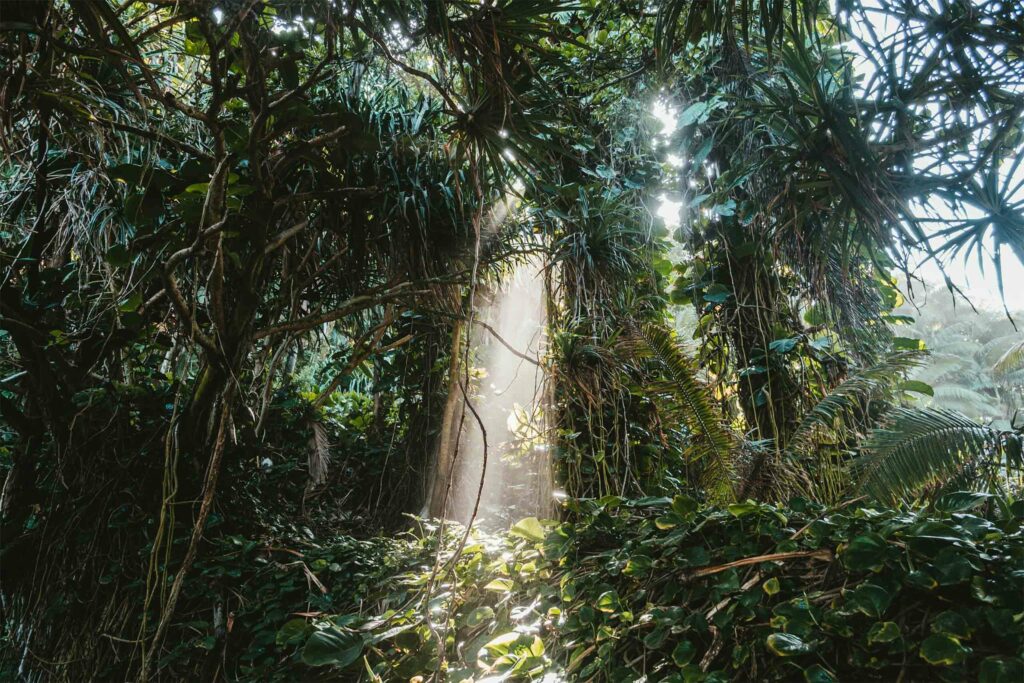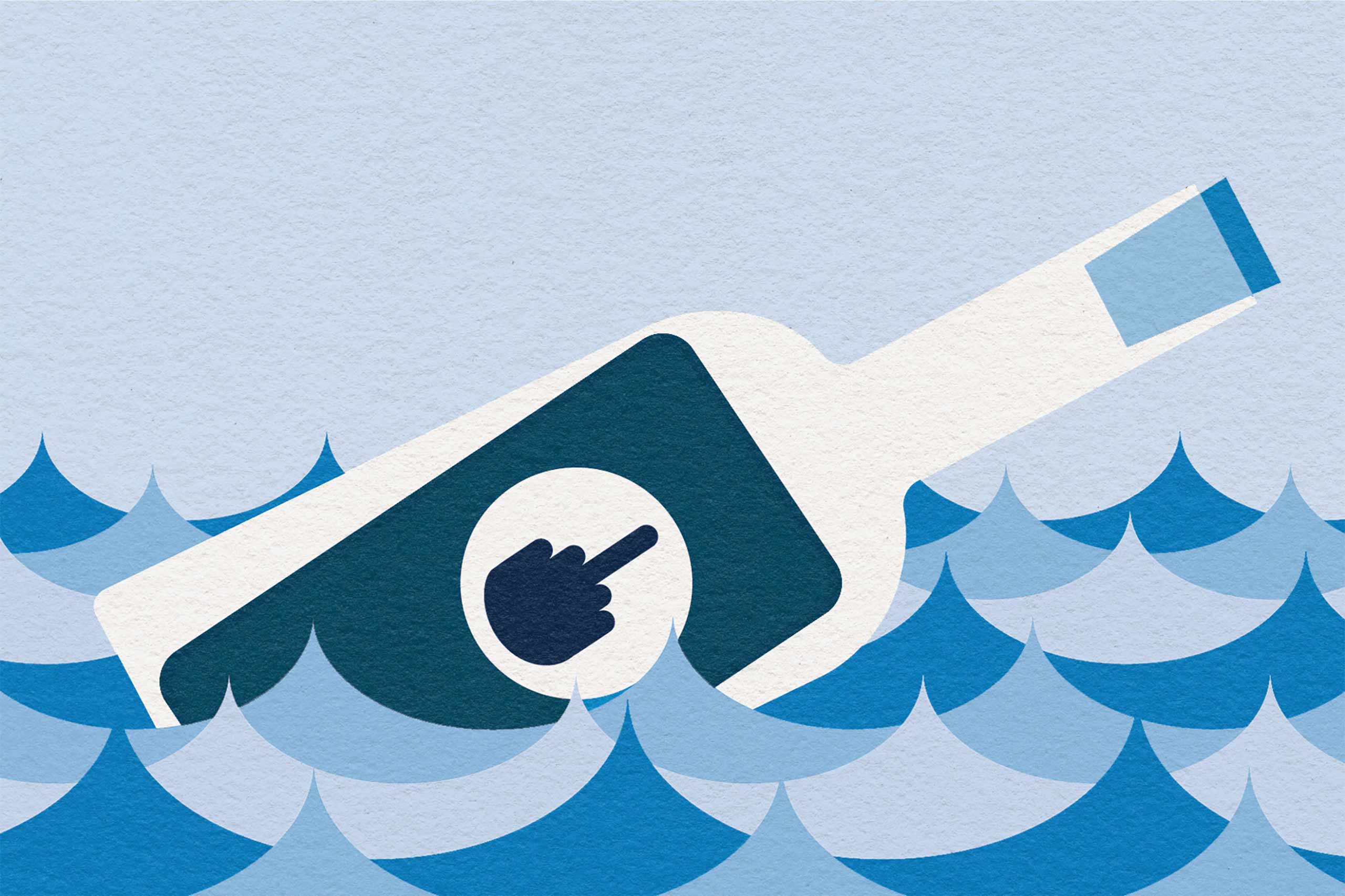If ever you’ve been given the cold shoulder by someone not looking to be your friend, consider yourself lucky: as Zack Cahill discusses in the latest installment of his not entirely serious monthly column, The Layover, a cold shoulder is nothing compared to what could be coming your way if you were to try and befriend one of the world’s last uncontacted peoples.
The world is smaller than it used to be. There was a time when keeping in touch with distant friends meant either expensive landline calls or actual physical letters. Now you can chat with pals, stalk your ex and play online games with a homophobic American teenager with ease.
It’s also the era of peak cheap travel. The United Nations World Tourism Organisation put international tourist arrivals at 25 million in 1950. By 2018, the number had increased to 1.4 billion per year. You used to think getting on a flight was an adventure in itself. And once you arrived, you had no real-time map on your phone, no Google Translate. Travelling in a strange country was an act of daring. Now the only brave part of flying anywhere is flying in Economy class.
When Japanese soldier Hiroo Onoda was dispatched to a remote Philippine island in 1944, he was told to hold the island until the war was over. He took his orders seriously, and in a world without phones, waged a one-man guerrilla war until 1974. These days he’d have learned about the Hiroshima bomb via an X meme (to be fair, when I finally deleted my X account, I felt like some grizzled, off-the-grid survivalist for a solid month. The daily flood of memes, micro celeb gossip, and public shaming once so familiar, quickly morphed into impenetrable mush).
As I said, it’s enough to make the world feel small. But it can still be a mysterious place. There are still parts of it we know next to nothing about.
The term ‘uncontacted peoples’ refers to tribes that live without sustained contact with the global community. Sharing none of our collective cultural, historical, or scientific knowledge, they’re as unfamiliar with Shakespeare and The Beatles as they are with Wi-Fi and vaccines. You might die of measles but hey, at least you’ve never heard of Mrs. Brown’s Boys.
It’s estimated there are between 100 and 200 uncontacted tribes in the world, a total of around 10,000 people, mostly in South America.
Maybe the best example of uncontacted peoples are the Sentinelese, known to us as such because they live on North Sentinel Island in the Bay of Bengal. We have no idea what they call themselves. Why? Because every time we make contact, they try to kill us.

It’s a safe bet they’re pretty tough. When the 2004 tsunami tore across the island, the Sentinelese somehow managed to survive. Helicopters were dispatched to see if they needed help, and were immediately attacked with arrows. When a group of fishermen drifted near the island in 2006, the Sentinelese immediately killed them. And when a helicopter went in to try and recover their bodies, it also got the old bow and arrow treatment. In fairness, we’d be bringing near-certain death upon them by our mere presence, carrying pathogens the Sentinelese would have virtually no immunity against. Who would blame them for defending themselves?
Some still think of the Sentinelese as a whole population of Oscar the Grouches, demanding to be left alone (it’s their good right if you ask us). And throughout history, their approach worked: even Marco Polo gave them a wide berth, calling the islanders ‘a most violent and cruel generation, who seem to eat everyone they catch’.
The Mashco-Piro tribe of Peru lives a similarly isolated lifestyle. Sleeping in huts and cooking with fire, these hunter-gatherers have deliberately avoided contact with the outside world and stuck to the most isolated parts of the Amazon rainforest for centuries (and I thought I was old school for buying vinyl). A helicopter photo from 2007 shows a group of them staring up in benign interest, half-naked, surrounded by palm huts. Looking at it feels like a voyeuristic act of time travel.
More recently, the tribe began showing up on the edge of a river popular with tourists. Sadly, logging companies appear to be pushing them out of their preferred habitats despite attempts by indigenous federations to protect them. In return, loggers have developed a habit of disappearing and later turning up dead, which I’m sure is unrelated.
Meanwhile, in Brazil, one man made the Mashco-Piro look like a bunch of gregarious frat bros. Known simply as The Man in The Hole, he was believed to be the last surviving member of his tribe until his death in July 2022. We never learned his name, or what language he spoke. He was a nomad, constructing huts with mysterious rectangular holes in the centre, before moving on.
But uncontacted peoples aren’t just to be found in the warmer climes of the tropics. In fact, it doesn’t get less hospitable than the Siberian taiga, a vast swathe of freezing wasteland, utterly hostile to human life. It’s here that our last group of uncontacted peoples make their home. The incredibly cool-sounding Old Believers are a religious sect that split from the Russian church in the 1600s and have been seeking isolation ever since. We’ve managed to contact a few families, who live in wooden huts, forage for food, and wear burlap clothing. But the truth is there may be many more of them out there – we just have no way of reaching them. When someone is that dedicated to a bit of peace and quiet, my feeling is we should give it to them.
Illustration by Martin Perry and photography by Claudio Schwarz







